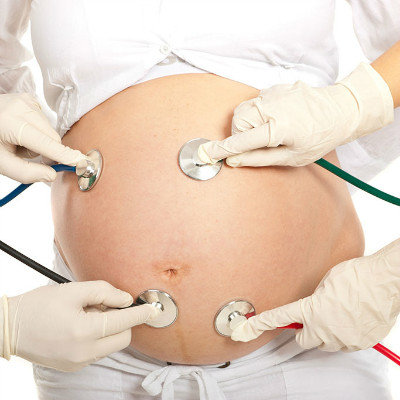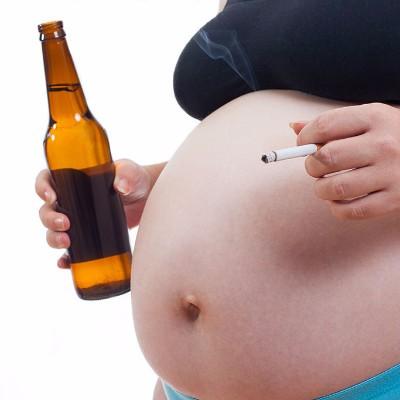What symptom does diabetic meal have
summary
Many patients usually have high blood sugar after eating, but there are also some patients who have the opposite situation, especially female patients, who will have symptoms of postprandial hypoglycemia at some time. Long term hypoglycemia can lead to diabetic complications, sugar friends should be vigilant. So, how does hypoglycemia after diabetic meal return a responsibility?
What symptom does diabetic meal have
First: how to understand postprandial blood glucose: experts explain that 2-hour postprandial blood glucose refers to timing from the first meal and measuring blood glucose after 2 hours. When measuring, take medicine, inject insulin and eat food at the same time and dose as usual. The 2-hour postprandial blood glucose is affected by the type of food, the speed of gastrointestinal peristalsis, the amount of exercise after meals and the level of blood glucose before meals.
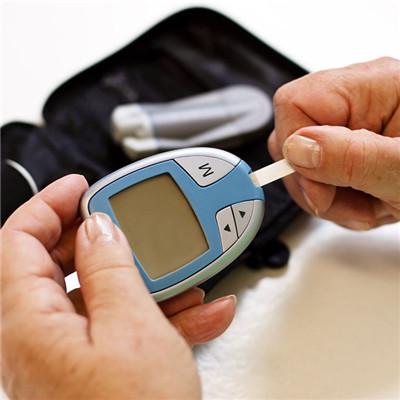
Second: how much postprandial blood glucose is hypoglycemia? The normal value of blood glucose before meal is 3.9-6.1 mmol / L, and the normal value of blood glucose after meal is less than 11.1 mmol / L. However, due to the different constitution and condition of diabetic patients, the normal 2-hour postprandial blood glucose of diabetic patients should be at least less than 11.1 mmol / L, preferably less than 7.8 mmol / L. But if it is less than 5mmol / L, it is postprandial hypoglycemia.
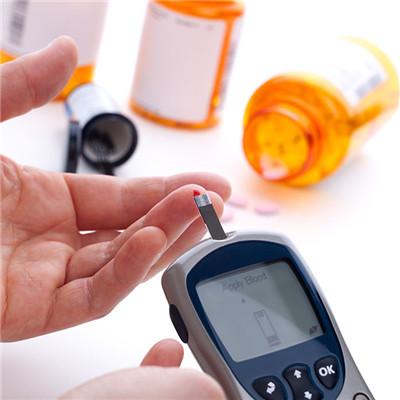
Third: excessive insulin secretion and delayed peak. Under normal conditions, blood glucose will rise after eating, and it will drop after reaching the peak in about 30-60 minutes. Plasma insulin level will also rise to the peak in 30-60 minutes, which is 5-10 times of the basic value, and then drop, and return to the basic level in 3-4 hours. Therefore, although the blood sugar of normal people after meals is increased, it fluctuates in a certain range. Patients with type 2 diabetes mellitus may have excessive insulin secretion (hyperinsulinemia) and delayed peak. Insulin is maintained at a high concentration but can not return to the baseline level, resulting in lower postprandial blood glucose or even hypoglycemia.
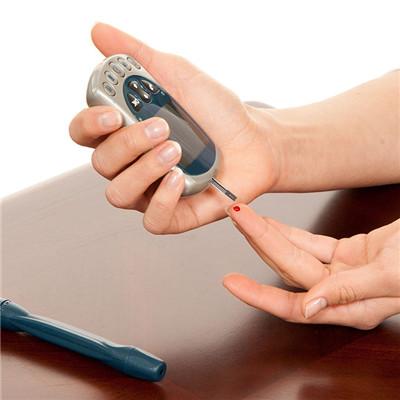
matters needing attention
When the blood glucose 2 hours after a meal is lower than that before a meal, we can increase the number of monitoring, such as 1 hour and 3 hours after a meal, and record the data, so as to find the rule of blood glucose change. Then, consult the doctor, analyze together, find out the reasons, and adjust diet, exercise and medicine if necessary.


